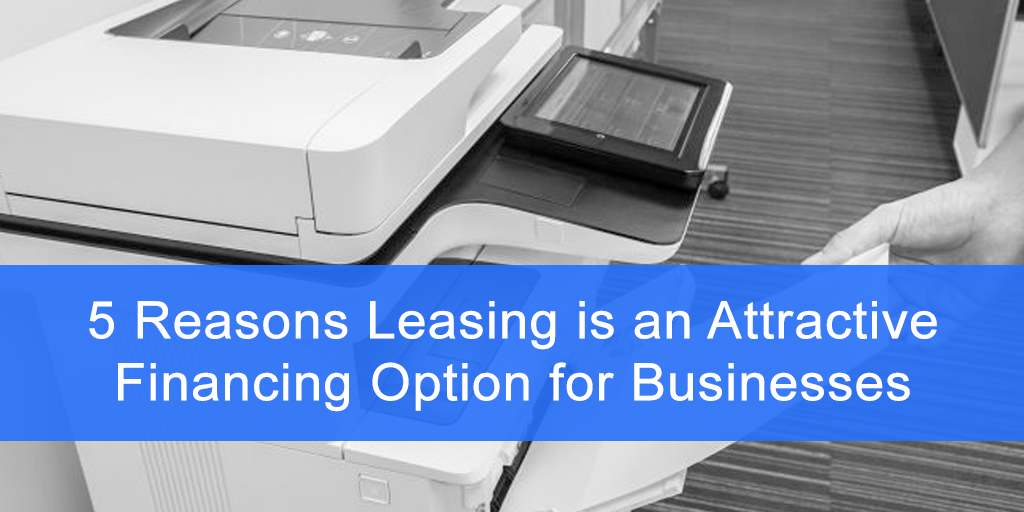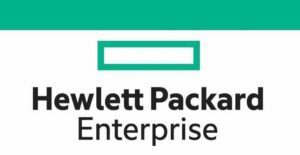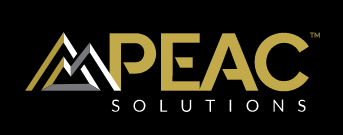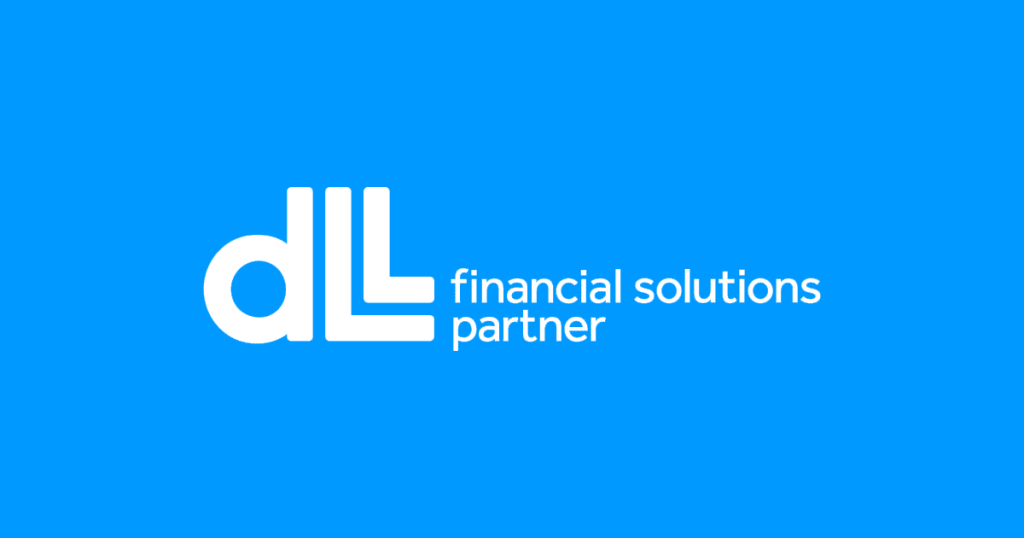Advantages of Equipment Financing and Leasing
Equipment financing enables companies to obtain necessary equipment without the need to use cash reserves or working capital to make an outright purchase. Through equipment financing, businesses can secure the equipment they need at a fixed rate and for a predetermined duration. This type of financing provides predictability and helps companies to manage their budgets effectively.
Equipment financing and leasing can also offer tax benefits. In some cases, businesses can deduct lease payments as a business expense, which can help to reduce their overall tax liability.
One significant advantage of equipment financing is that it allows businesses to avoid the financial risks associated with equipment ownership. By opting for leasing instead, companies can focus on utilizing the equipment to run their operations and grow their business. Leasing provides a level of flexibility that is often not available when purchasing equipment outright. For example, businesses can upgrade to newer models or more advanced technology as their needs change, without having to worry about selling or disposing of outdated equipment.


Cash Flow Preservation
One of the most significant advantages of leasing is that it allows businesses to preserve their cash flow. Compared to conventional financing, a “true” lease can offer low-cost financing because the lessor can take advantage of tax benefits that are then passed on to the lessee in the form of reduced payments. For businesses that cannot use tax depreciation to offset taxable income due to current operating losses, loss carry-forwards or alternative minimum tax, leasing can be more advantageous than purchasing as depreciation benefits may be effectively lost forever.

Conservation of Capital
Leasing doesn’t require a large cash outlay for equipment purchases and can be used to overcome budget limitations. By leasing, businesses can free up their cash position and lines of credit, allowing them to remain liquid for other working capital needs that have higher return on equity (ROE) and return on assets (ROA) metrics.

Tax Advantages
A lease can be structured either on or off the balance sheet. Lease payments, as an expense, can reduce tax liability and can be structured to qualify as an operating lease under FASB 13 for financial reporting purposes. The choice of how to structure the lease depends on accounting objectives and cost trade-offs that businesses are willing to make to achieve their strategic goals.

Equipment Life Cycle Management
Leasing allows for regular equipment upgrades, which reduces the risk of obsolescence and improves equipment life cycle management.

Improved Return on Assets
Many businesses place a significant emphasis on ROA and ROE when evaluating profitability and performance. Operating leases can have a positive impact on these metrics as equipment and project costs are paid for in “cheaper” future dollars. This means that businesses can allocate capital towards higher-return investments, resulting in improved ROA and ROE.



